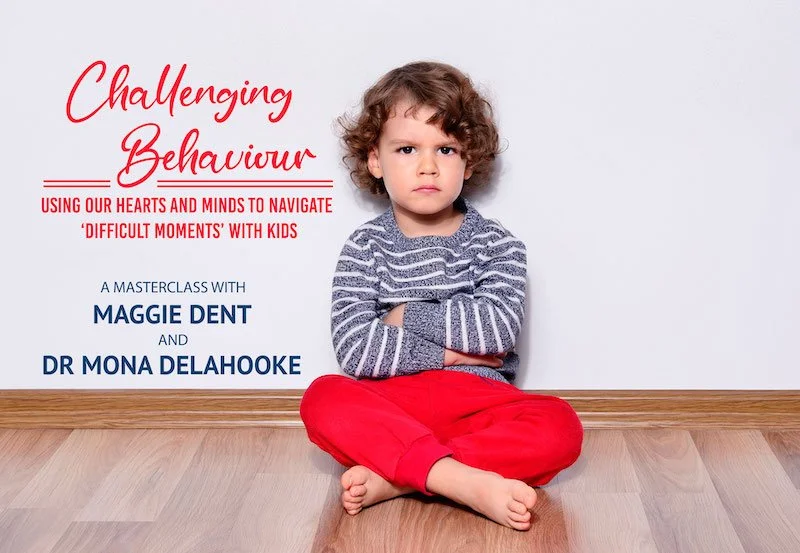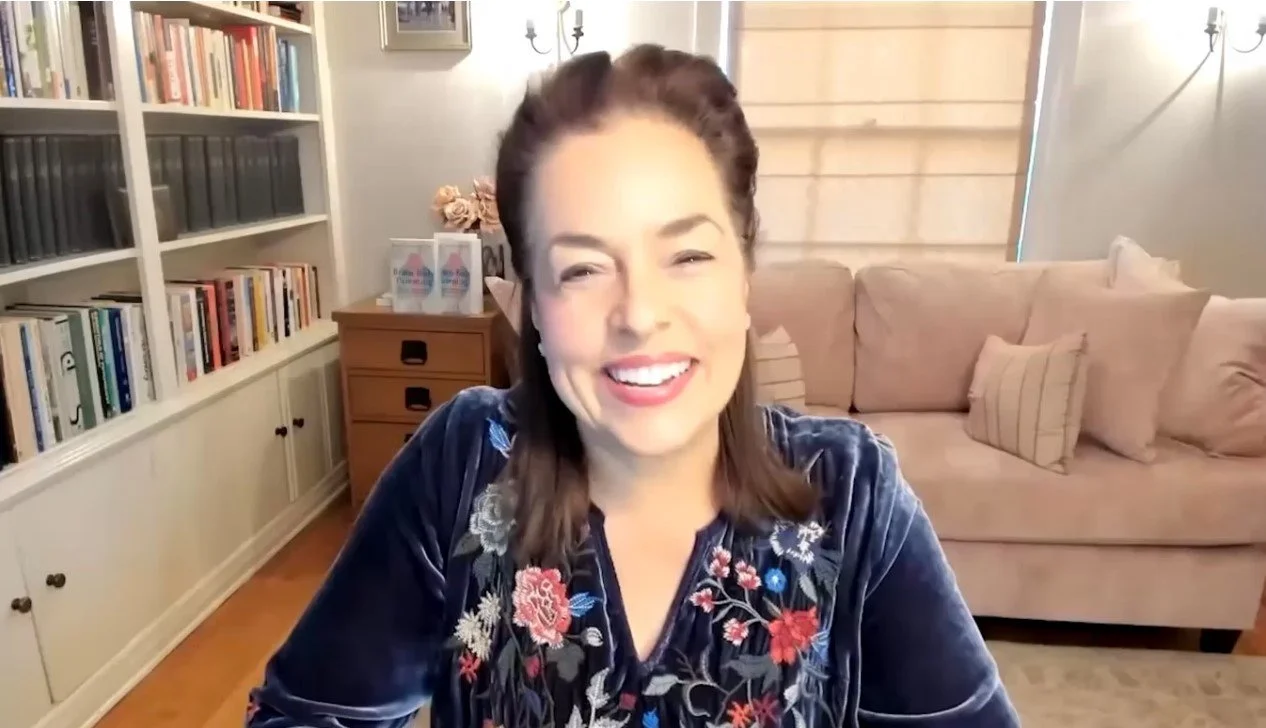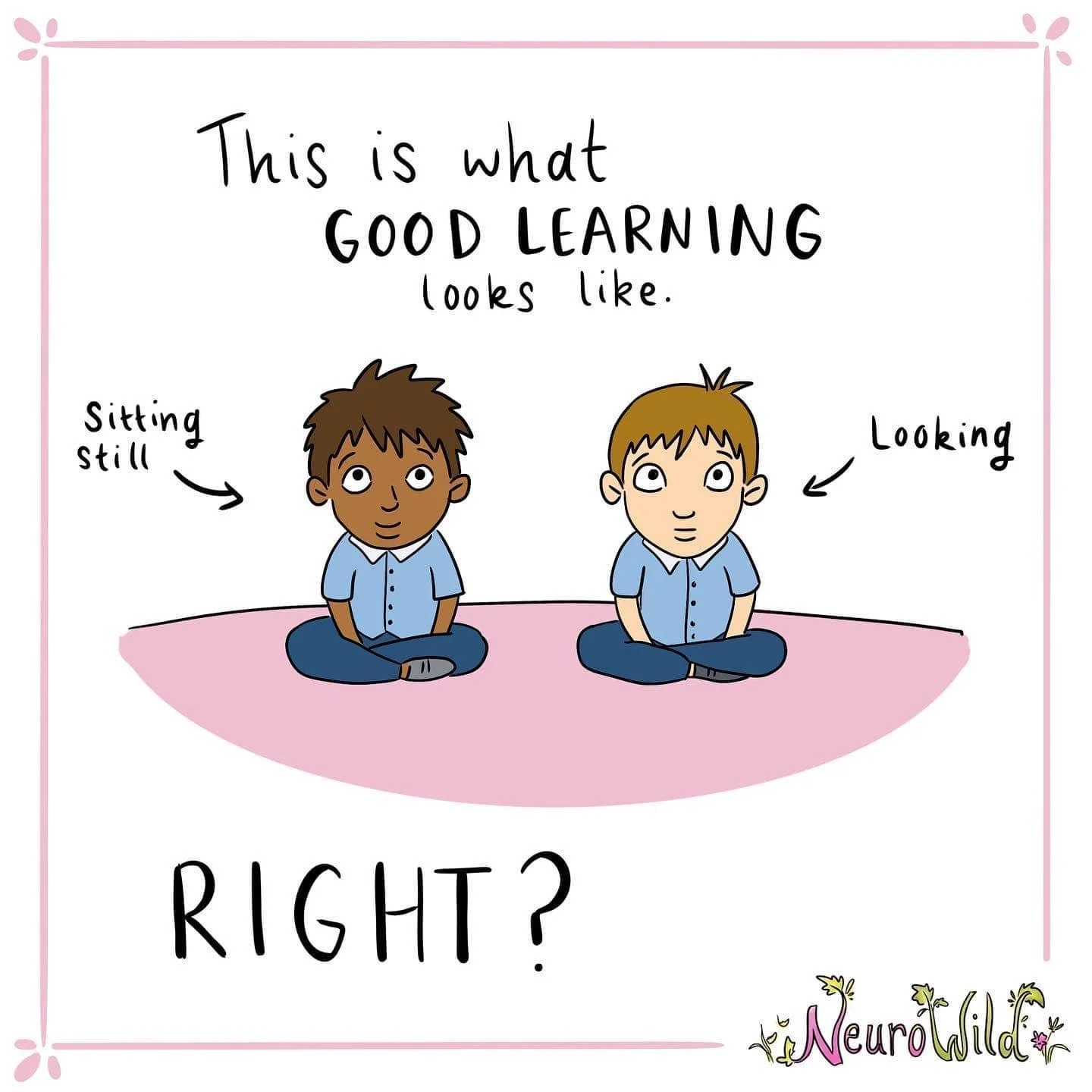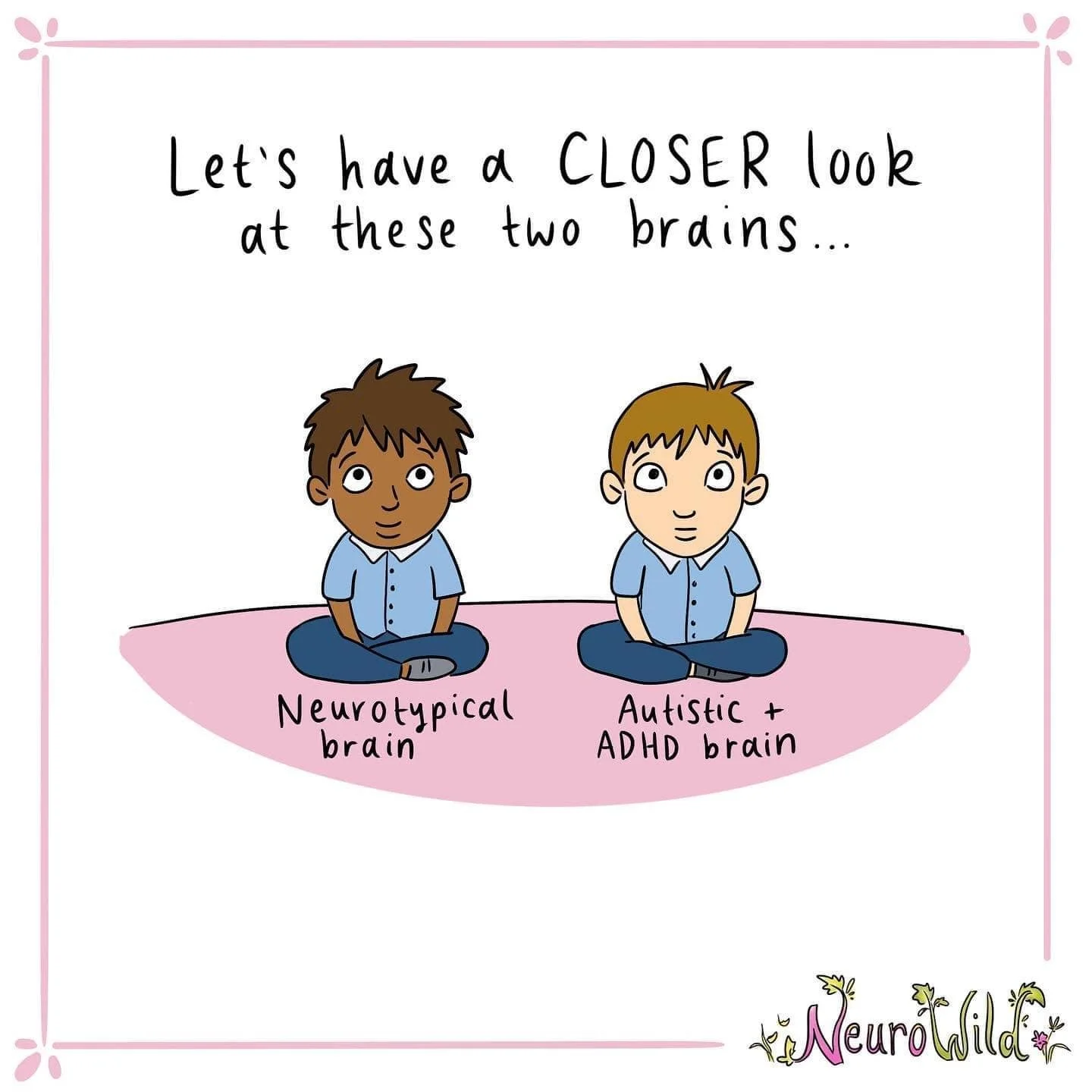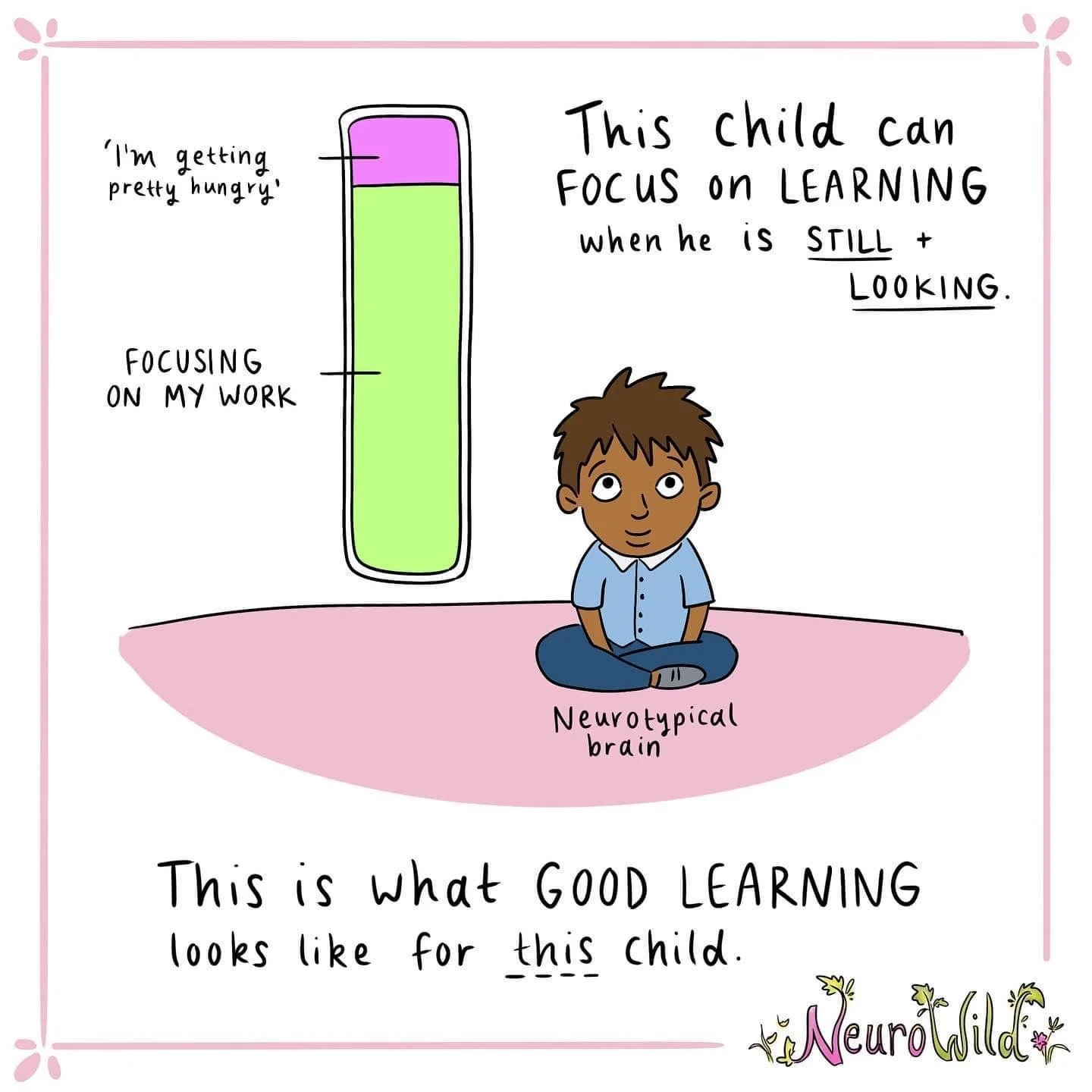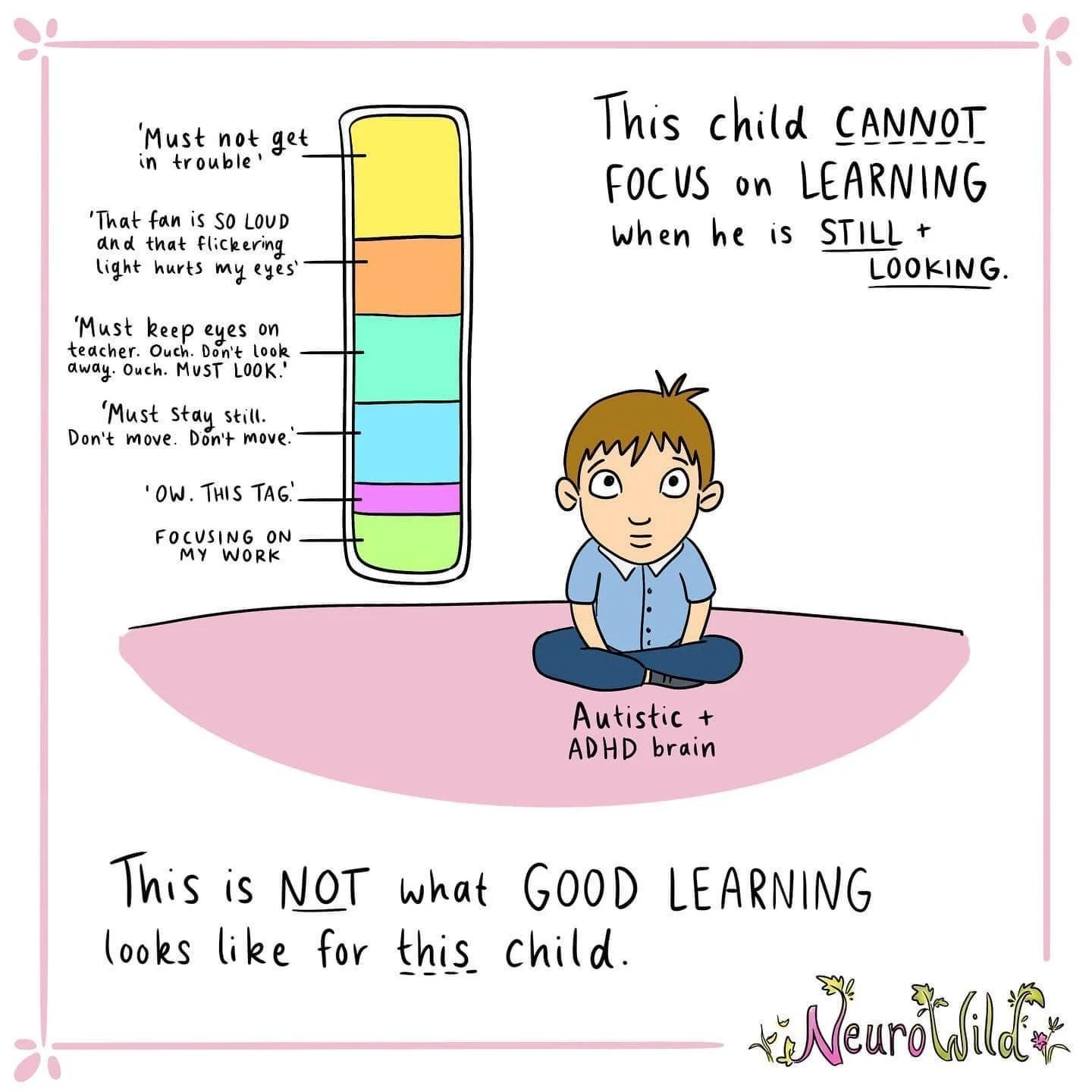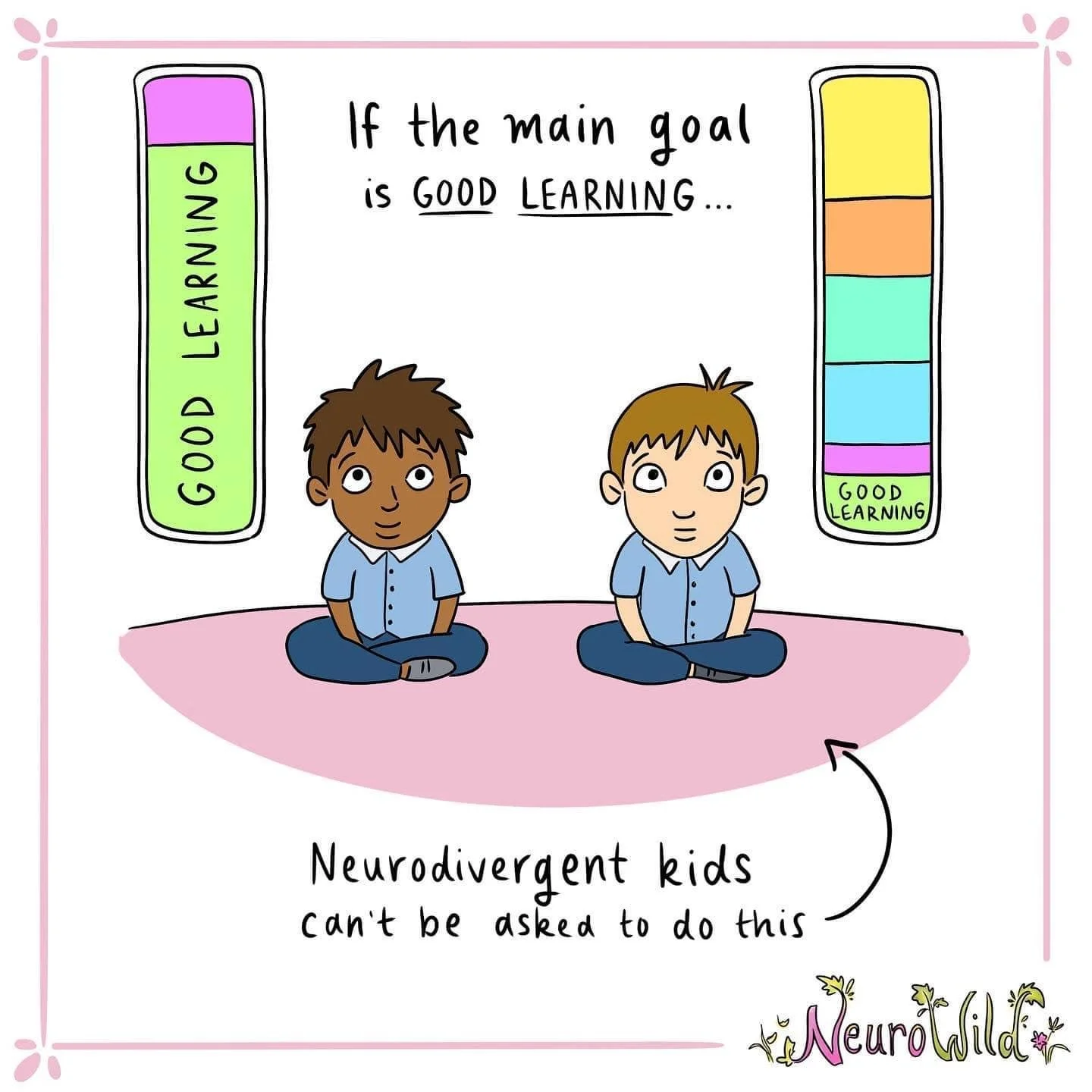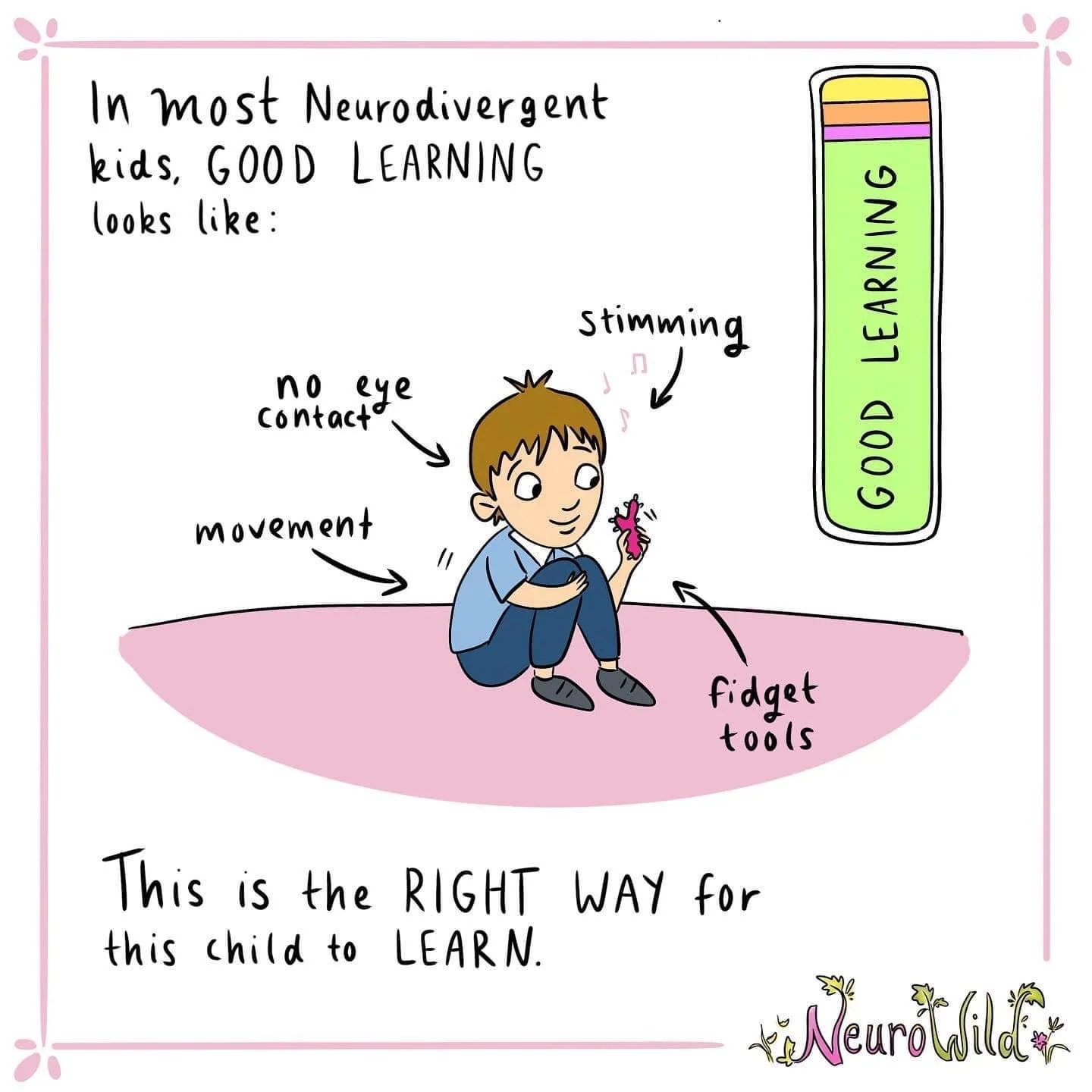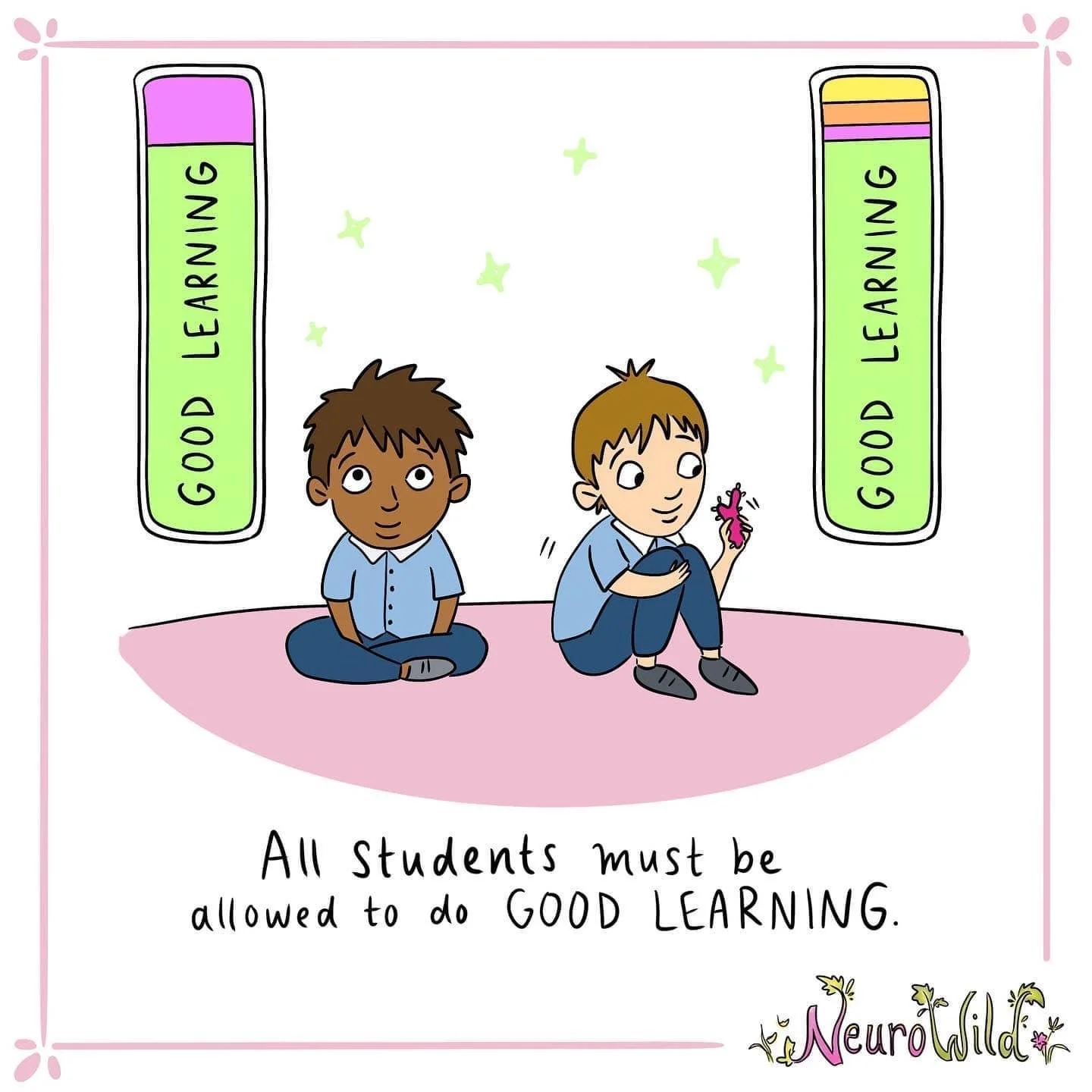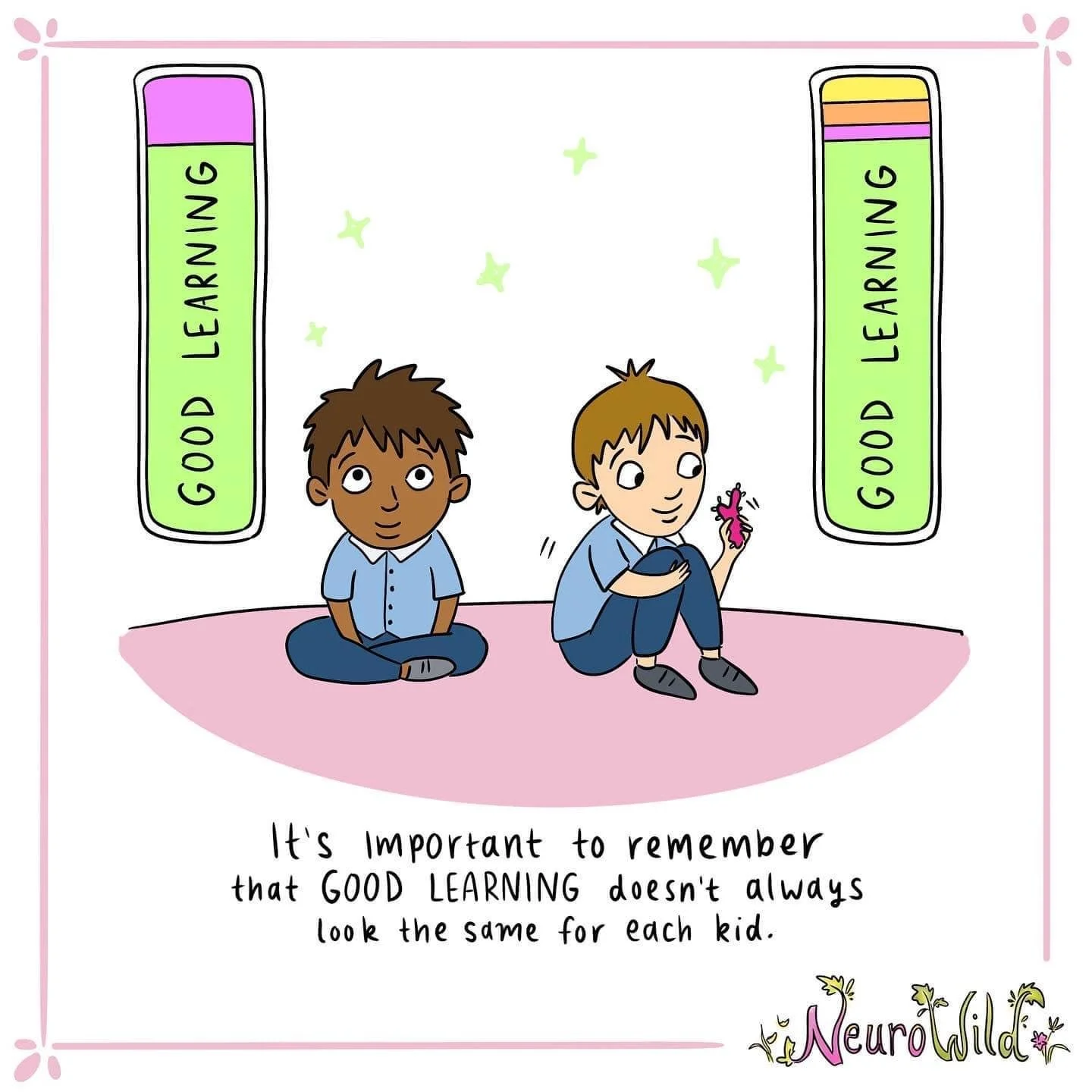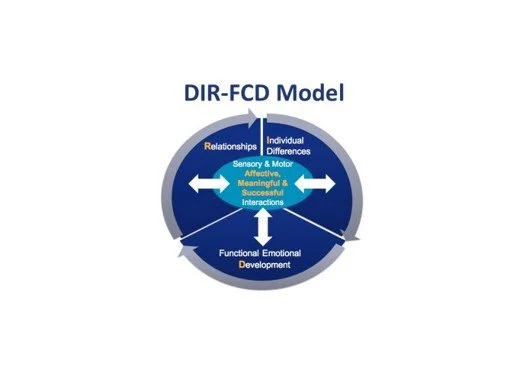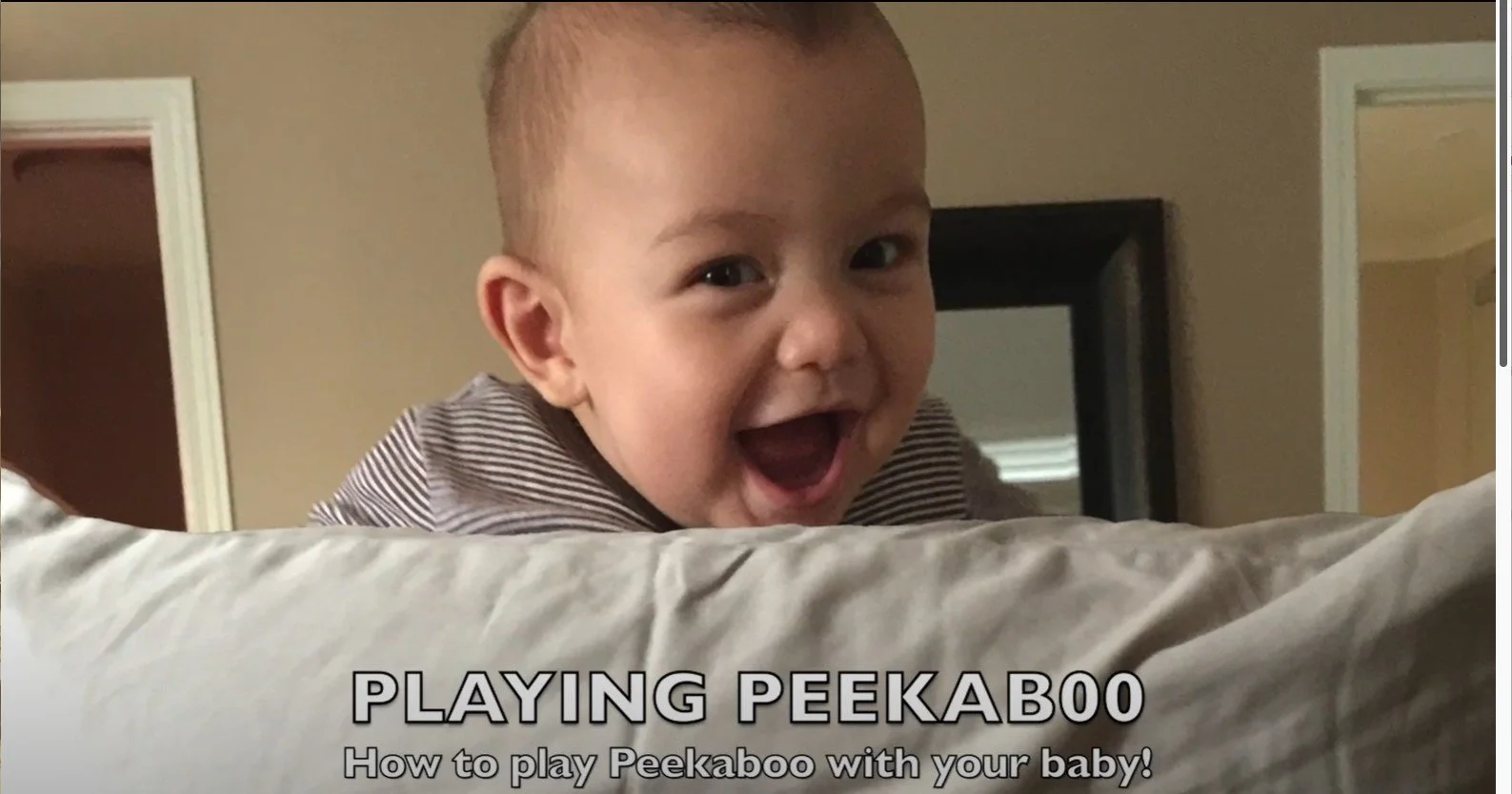Resources
I’ve gathered some of my favourite resources for parents that describe the brain-behaviour approach that forms the foundation of our therapy philosophy to help you to decide whether Therapy SPOT is a good fit for your family.
I recommend that you view these first 5 videos before starting occupational therapy with your school-aged child. If you only have time for a quick overview jump to video number 13.
Challenging Behaviour – An online masterclass with Maggie Dent and Dr Mona Delahooke
20th September 2022
09:00 am until 11:00 am
Western Australian Time
This is an online event
Using our hearts and minds to navigate ‘difficult moments’ with kids
What to Share with School Staff about Challenging Behaviors, with Mona Delahooke
Have you noticed that your neurodivergent child seems to lose energy or focus more quickly than their neurotypical peers? Do they have challenging behaviors in the classroom?
If so, it’s important to understand the concept of the “body budget” and how it affects behavior at school and at home. Listen as Mona Delahooke, PhD, clinical psychologist and author of Brain-Body Parenting, offers a paradigm shift and shares what we can say to school staff to support our kids’ unique nervous system and behaviors.
Take a listen.
Taken straight from the website bright and quirky
What is Good Learning?
Rosemary White is a very experienced occupational therapist, who was pivotal in my career changing shift and helped me understand the stages of social-emotional development in young children, gives a detailed presentation of the principles of DIR®:Floortime™ approach. It is a treatment philosophy for parents and professionals for children with challenges in relating and communicating. It also includes autism.
1. The DIR®:Floortime™ Model – A Treatment Philosophy for Parents and Professionals (2014)
Deb Daner is a clinical social worker, has worked with Stephen Porges, who developed Polyvagal Theory, the basis of the SSP and the treatment protocol. Deb brings the neurophysiology of the theory to a practical framework and one that you can relate to with yourself and your child.It all begins with an idea. Maybe you want to launch a business. Maybe you want to turn a hobby into something more. Or maybe you have a creative project to share with the world. Whatever it is, the way you tell your story online can make all the difference.
2. Polyvagal Theory in Action: 3D Example of the Nervous System with Ventral and Dorsal Vagal Systems with Deb Dana
3. The Polyvagal Theory in the Classroom with Deb Dana (www.schoolmoves.com) It is only 17 minutes and well worth viewing.
Mona DelaHooke is a paediatric psychologist and the author of “Beyond Behaviors” in which she explores why it is crucial to understand and respond to every child’s individual differences; authentically and with unconditional positive intent.
4. The Polyvagal Theory and the Power of Relational Safety by Mona Delahooke describes the other cornerstone of our work at Therapy SPOT, where we work closely with the adults who have primary relationships with the child. Her new book for parents soon to be released “Brain-body Parenting”. She will be running a series of workshops for parents starting on March 23rd.
Kelly Mahler is an occupational therapist and the author of the book “Interoception – The eighth sensory system”. She explains how a conscious awareness of the signals that we receive from our bodies enable us to take action and reduce anxiety and challenging behaviour.
5. What is Interoception? This is a 3 minute clip that describe why we need to understand interoception when working with children with developmental and behavioural challenges.
6. Interoceptive tips for caregivers. Kelly Mahler describes how parents can understand their own interoceptive system and enable them to communicate with their children.
Dr Stephen Porges PhD is the originator of the Polyvagal Theory.
7. Redefining Success for Your Child
Redefining Success for Your Child is a short clip with Steven Porges by Debbie Steinberg Kunz. When we think about how to help our bright and quirky kids be successful in life, what does that really mean? What is the end goal we’re all working towards? Some would say career, education or happiness. Dr Stephen Porges has something else in mind. Take a listen to his pearls of wisdom.
8. Polyvagal Response
In this video interview Dr Stephen Porges speaks about the Polyvagal response that the Safe and Sound Protocol addresses in adults. Although it is related to adults it can be thought of & reflected with regard to children. Its only 1 min 20 secs long.
Body Awareness
9. This cartoon explains the importance of understanding our body senses and the impact that diminished feedback can have on our behaviour.
P.S.: This video is no longer publicly available, we are trying to obtain permission to allow access through our website.
Playing with your baby.
10. In this short clip, the value of simple childhood games that encourage social development, teach object permanence and build motor skills is illustrated.
Note: This video opens in a separate window.
11. “Just breathe” is a beautiful clip in which children describe their emotions and how their body responds illustrating the importance of parent-child co-regulation in regaining a feeling of calm.
Therapy techniques that are used at Therapy SPOT include:
Sensory Integration Therapy
The DIR® Model
12. Sensory Integration Therapy is one of the treatment techniques used at Therapy SPOT that engage children in therapeutic activities to build capacities in their ability to process and regulate sensory information from their bodies and the environment.
Sensory Processing Disorder
13. The DIR® Model is a developmental framework that promotes sensory processing, motor skills, interaction and communication. The Floortime ™ approach is the model’s main tool to implement theory into practice.


